-
Posts
1,854 -
Joined
-
Last visited
-
Days Won
28
Content Type
Profiles
Forums
Events
Store
Downloads
Gallery
Posts posted by Vermithrax16
-
-
Lovely.
I'm getting a Ko-Kinko vibe from it.
-
 1
1
-
 1
1
-
-
Great end result. Nice work.
-
 1
1
-
-
-
Outstanding iron! Wow. Congrats.
I also endorse seller, top flight service.
-
 1
1
-
-
-
-
Dragon thread always a great way to see some nice things. Good idea.
-
 2
2
-
-
-
2 hours ago, cluckdaddy76 said:
Oil from my hands? Or is this overkill?
I wear gloves on any soft metal pieces or when I'm cleaning items. No biggie.
-
 1
1
-
-
Great!!!!! Thanks for posting them!
-
-
Your best way forward should this be a legitimate endeavor is private contact a reputable steward of the art like Raymond Singer or Mike Yamasaki. Perhaps a confidentiality agreement can be made to better hasten information exchange. Best of luck.
-
 2
2
-
-
-
Age and use in time passed usually will dictate suriage. Especially to stuff into gunto mounts. Or shorten a long early Koto sword for non horseback applications. Modern uses can be to fit a beloved koshirae or maybe remit a bad spot on nakago. I prefer shirasaya so it's not ever a consideration.
-
 4
4
-
-
-
-
-
I can only speak for myself but what most attracts me is the heavy deposition of nie all over the blade and especially along the forging lines. Masame can vary between very refined, you have to use lighting to see the grain, to wildly violent where it's obvious. I gravitate towards the violent. Most Yamato Hosho are on the refined side of the ledger, while Norikatsu and Kunikane can be on the more wild side.
Forging openings are the bane of masame works, but can be overlooked in Koto era blades due to age (though Tegai and Uda works that show masame seem to be worst offenders IMO and should not ne overlooked, it seems a deficiency) but should be absent in a Shinshinto forging or later.
A look though my swords that I own show that I only buy masame swords, so of course I am heavily biased

-
 1
1
-
-
Some very nice iron.
-
On 9/10/2023 at 4:07 AM, Bugyotsuji said:
Birds of a feather flock together. Can't beat that feeling of satisfaction.

Sometimes it's the serendipity that first draws your attention and opens up your eye and your understanding, allowing you to form certain goals ahead.
Did you choose, or were you chosen, to educate us re these Mito smiths?

Since seeing member @Jean Yamoto Hosho sword years ago, I am a total convert to the masame hada cause and passion. Mito Norikatsu I think is the most grand of all the makers, but obviously, I have a bias

-
 2
2
-
-
This has been a top goal of mine for some time. A long time. While not quite 100% complete (need a signed Norikatsu tanto), it's still something I am excited about.
A full set of masame hada works by the great Shinshinto smith Norikatsu, with one by his finest student Masakatsu, to round out the set.
Often in our study and searching, a million things can and will jump out at you, temptation is everywhere. Staying focused and with your primary desires in mind at the end, is as rewarding a feeling as one can have. At least it feels that way when I lay out this family of works.
Katana: “Made by Katsumura Norikatsu, resident of Suifu ‒ “On a day of the eighth month, Keiō three (1867)"
Wakizashi: “Made by Norikatsu, a resident of Mito, on a day of the third month Bunkyū one (1861)"
O-Tanto: unsigned: Mito Masakatsu
-
 16
16
-
 8
8
-
 1
1
-
-
-
It's been 4 years of searching but finally it paid off. A wakizashi by Norikatsu, my favorite smith, with masame hada that's as spectacular as it comes. The masame on this work is utterly violent, with thick nie abundant and chikei all over the sword. Hirauchi shape. A magnificent short sword to pair with my Katana by the same smith. Sorry for the poor pictures, I got in late and pressed for time.
Suifu-jū Norikatsu saku ‒ Bunkyū gannen sangatsu hi
“Made by Norikatsu, a resident of Mito, on a day of the third month Bunkyū one (1861)"
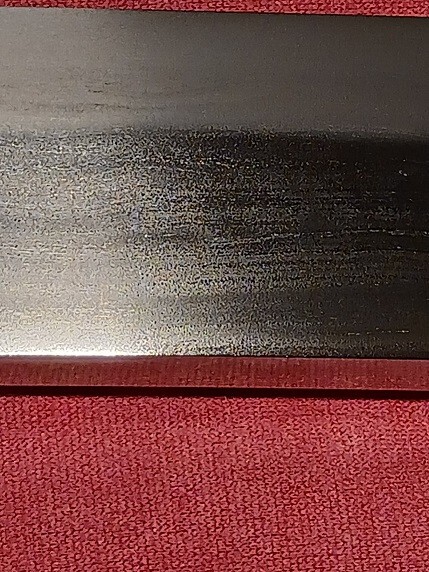
-
 8
8
-
 2
2
-
 1
1
-
 3
3
-
-
2 hours ago, Brian said:
Jeremiah, I'd need a pdf copy sent to me (or allow me to download it from them) and permission from you to host it here too?
Would be very happy to add it to our library
You can grab the PDF from the site, but I will post it here as well when I get to my home computer.


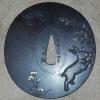
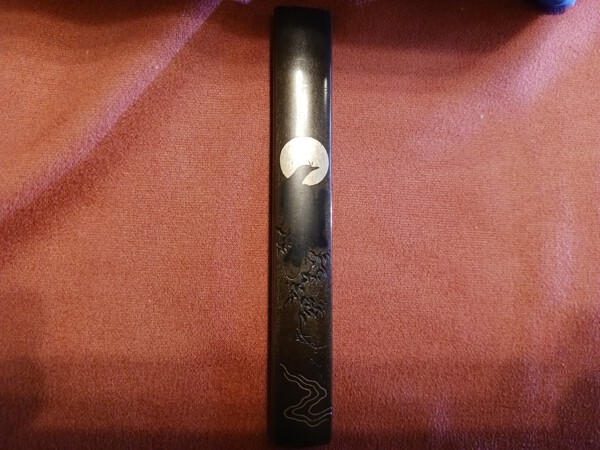
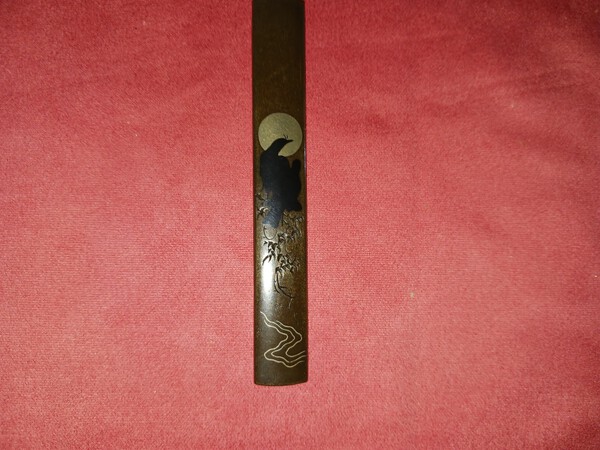
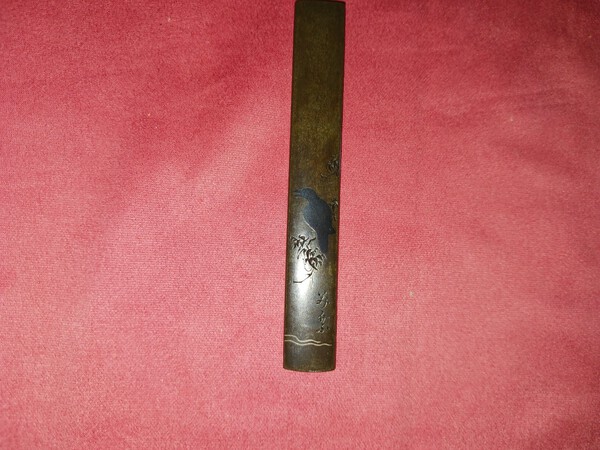
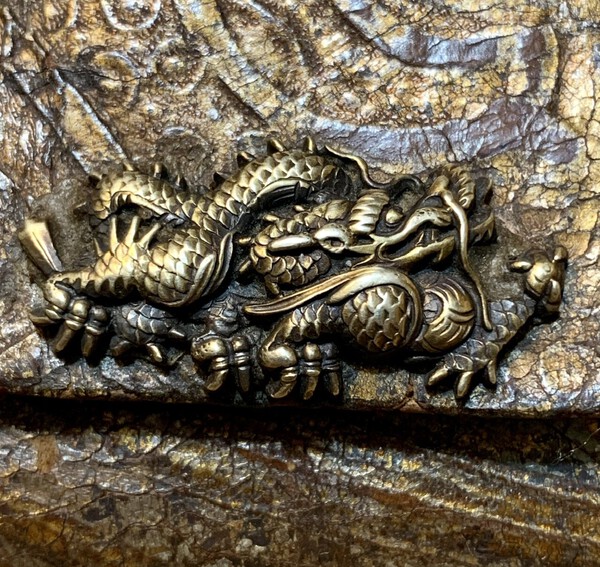
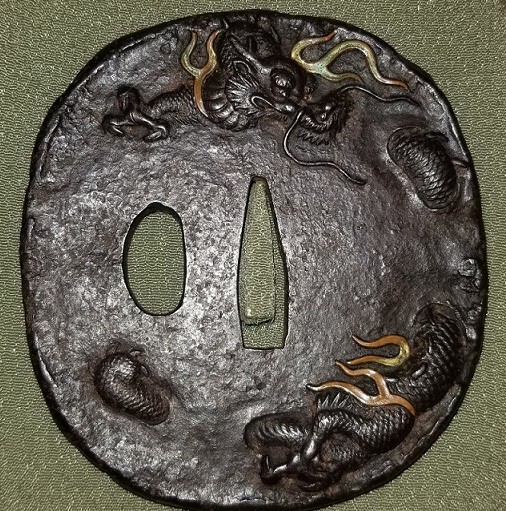
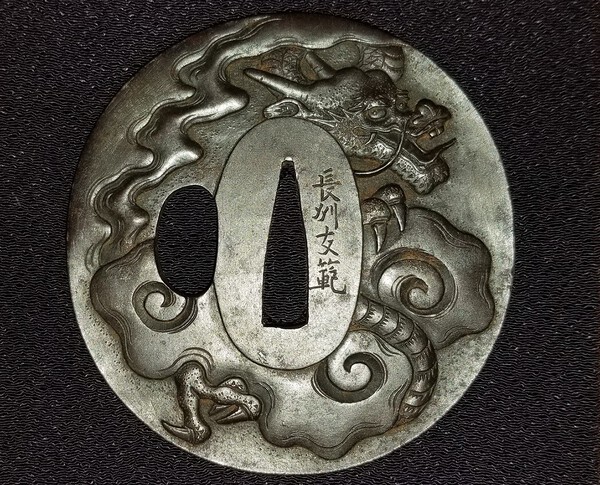
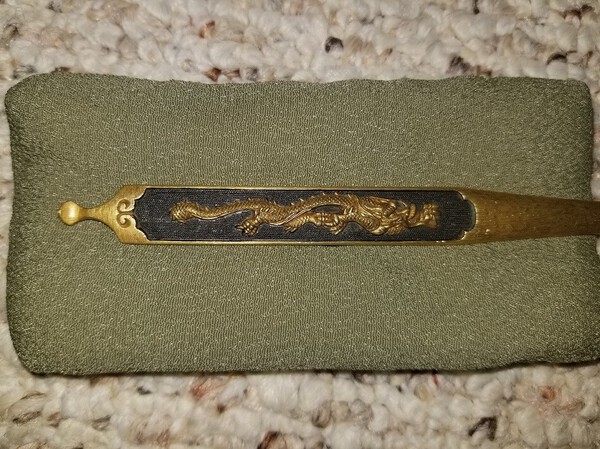
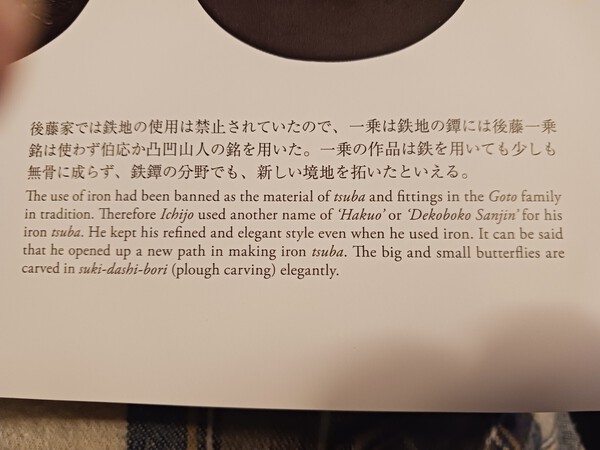
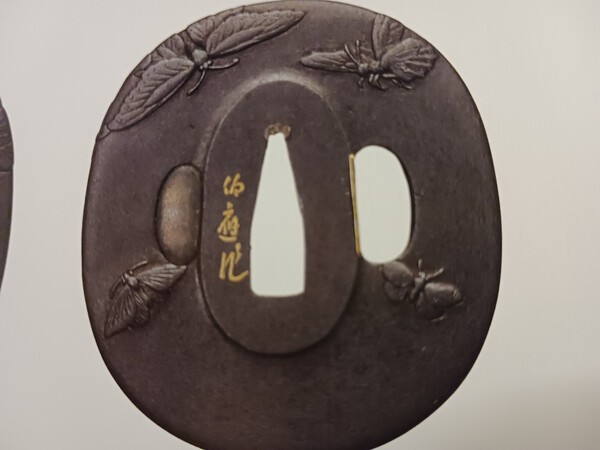
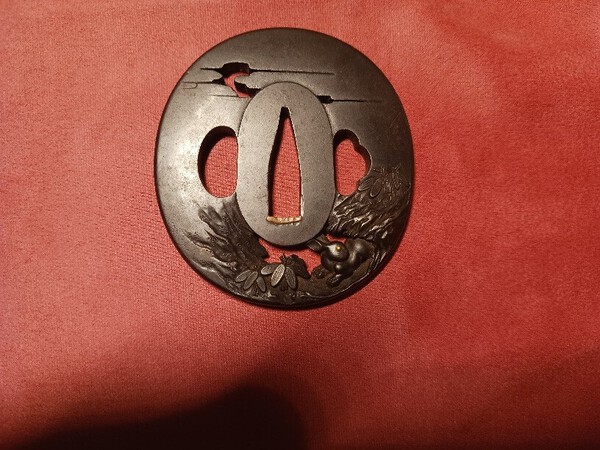
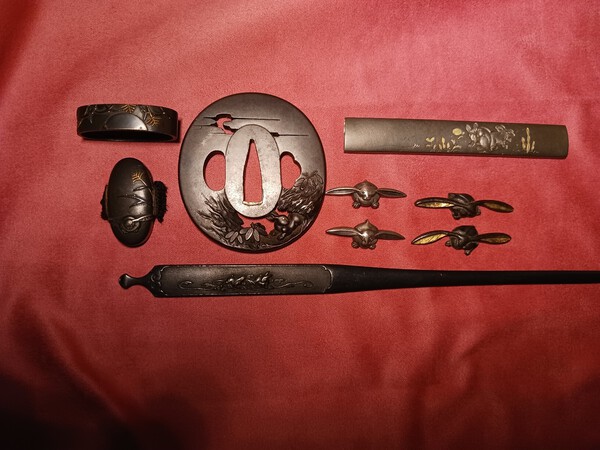
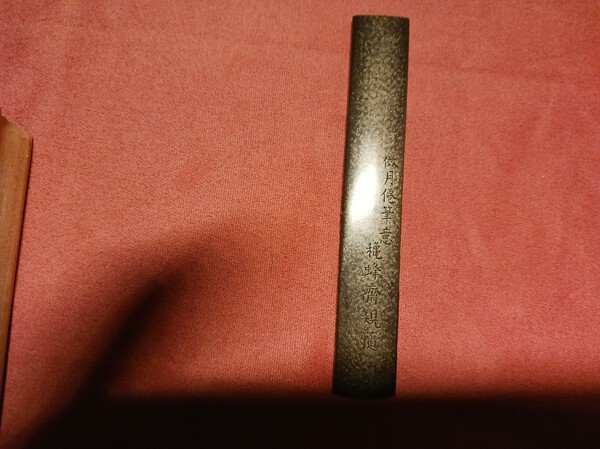
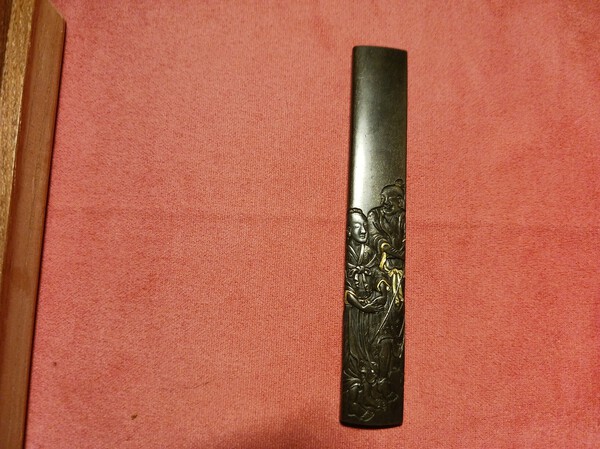
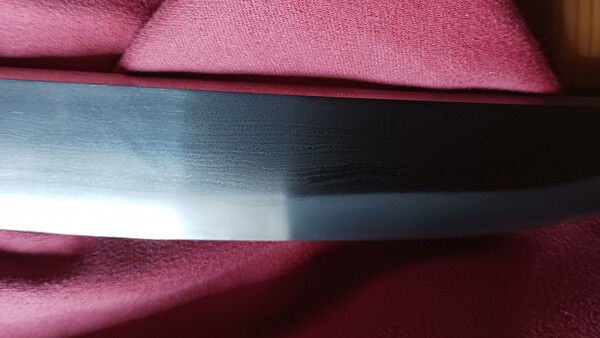
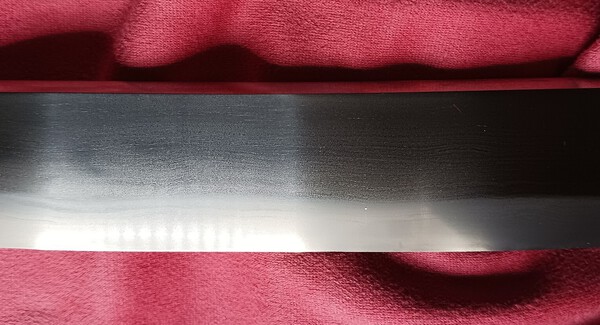
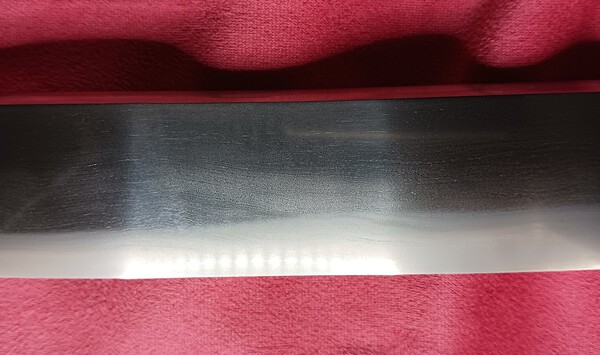
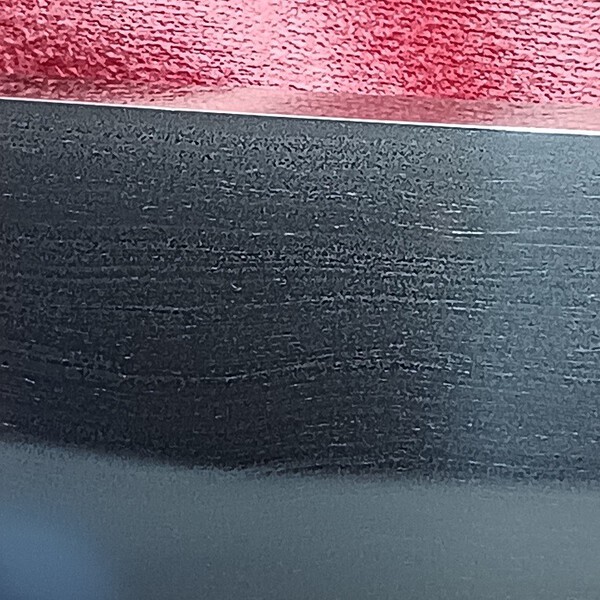
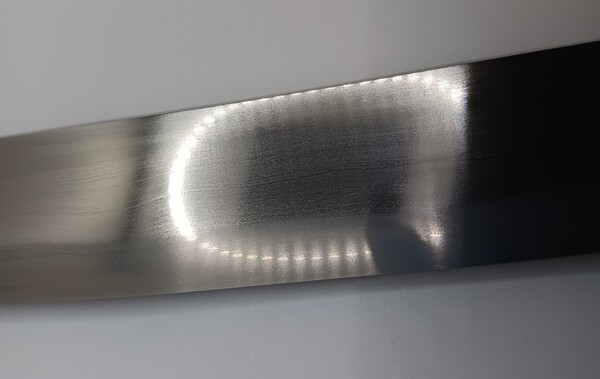
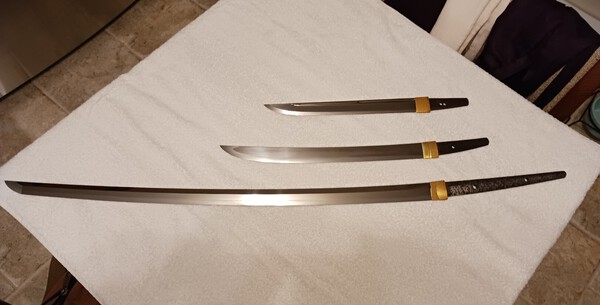
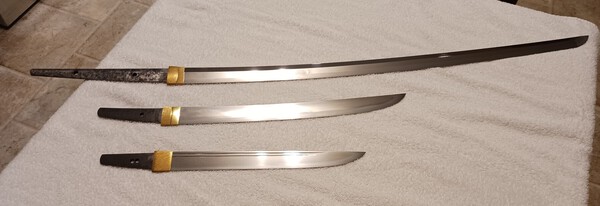
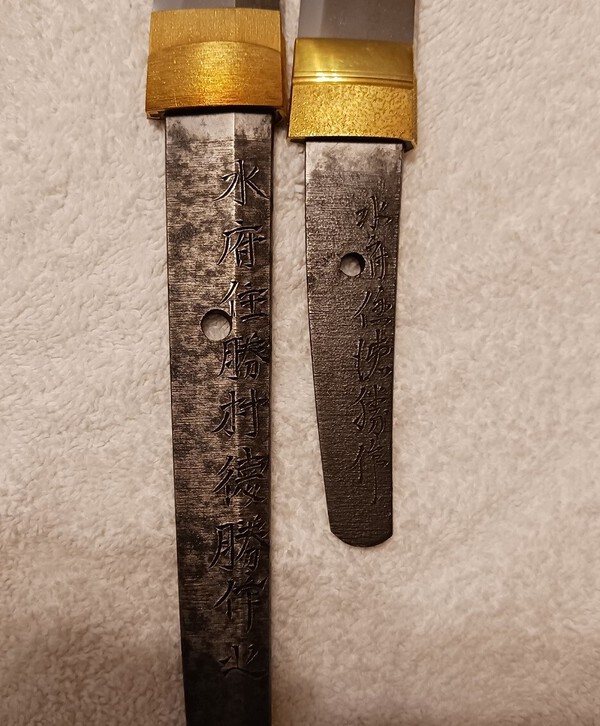
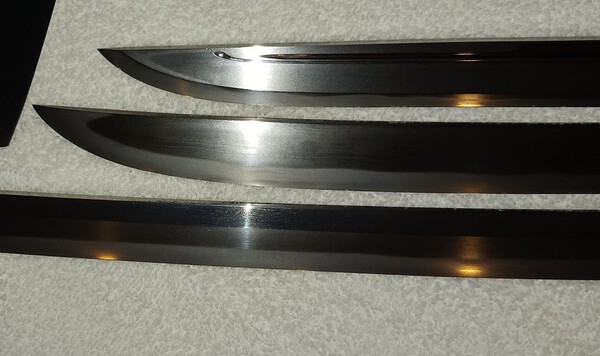
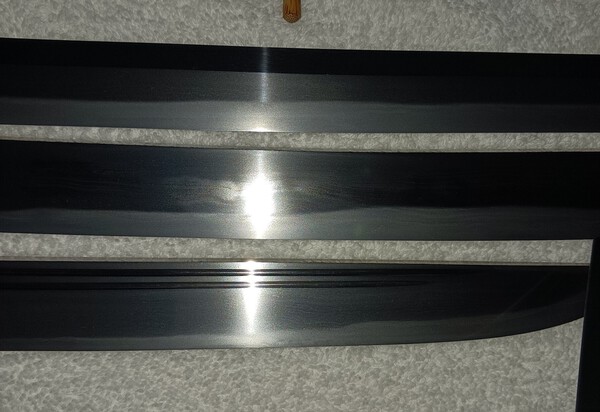
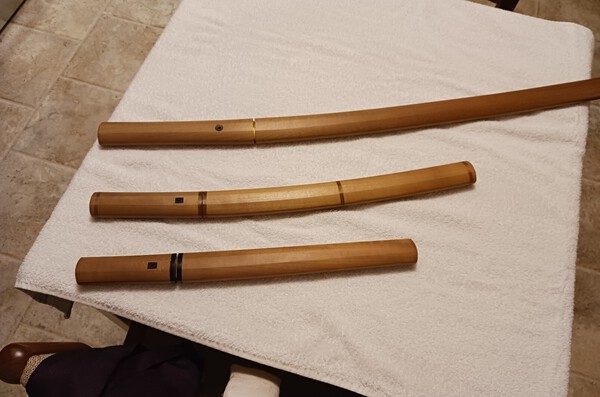
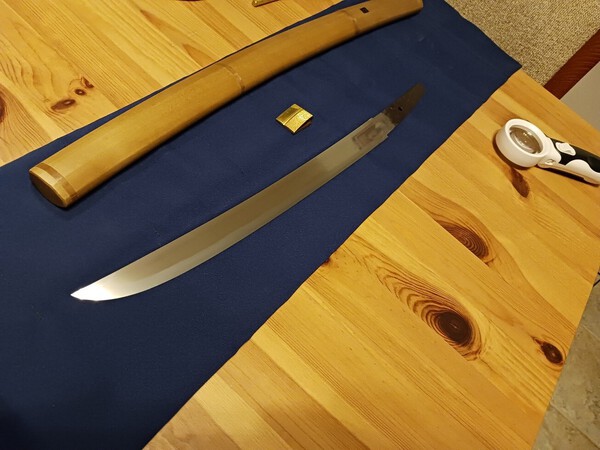
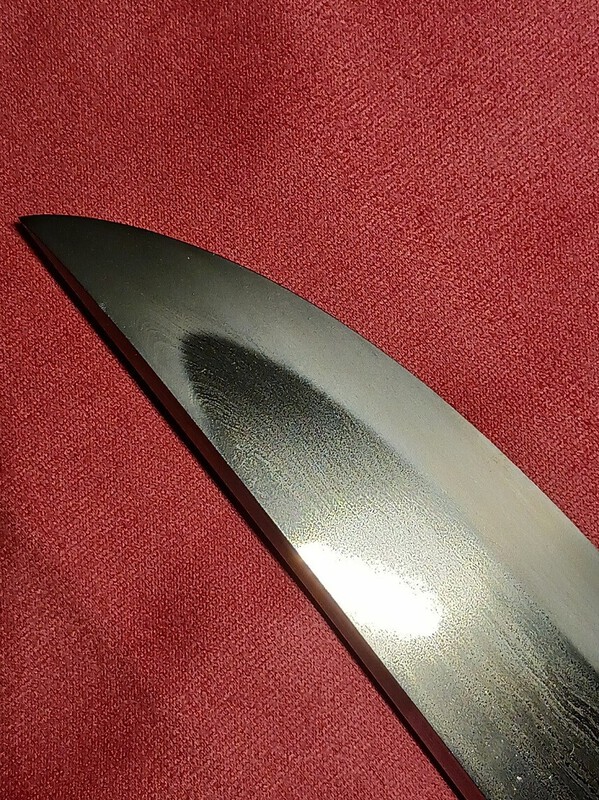
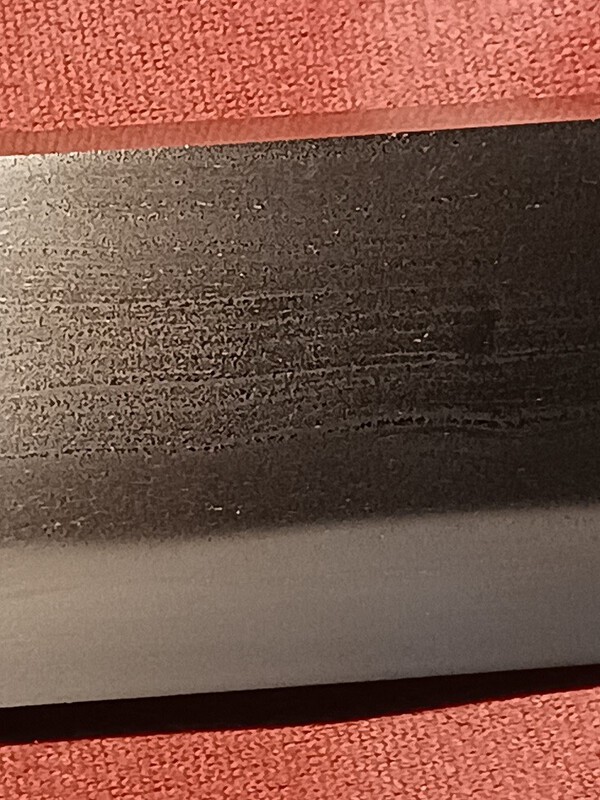
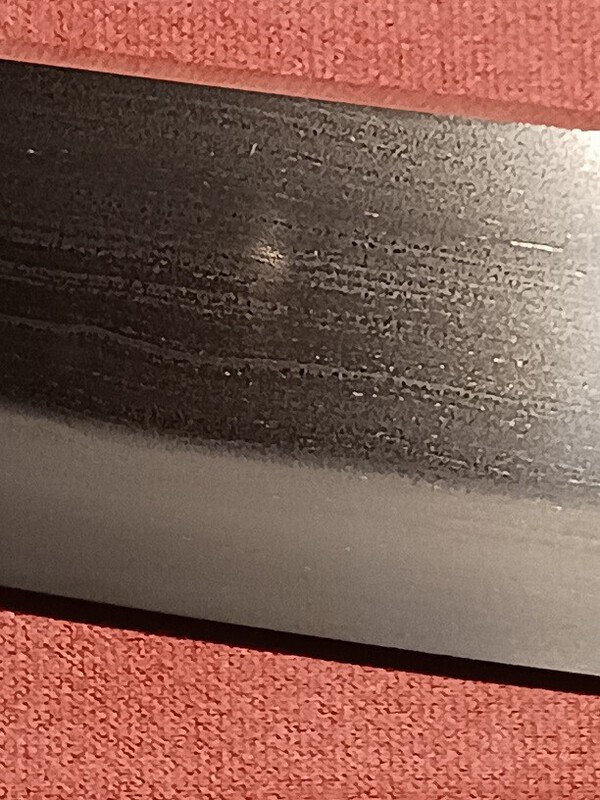
2024 NTHK East Coast Shinsa - Orlando Show
in Sword Shows, Events, Community News and Legislation Issues
Posted
Very kind Dan.